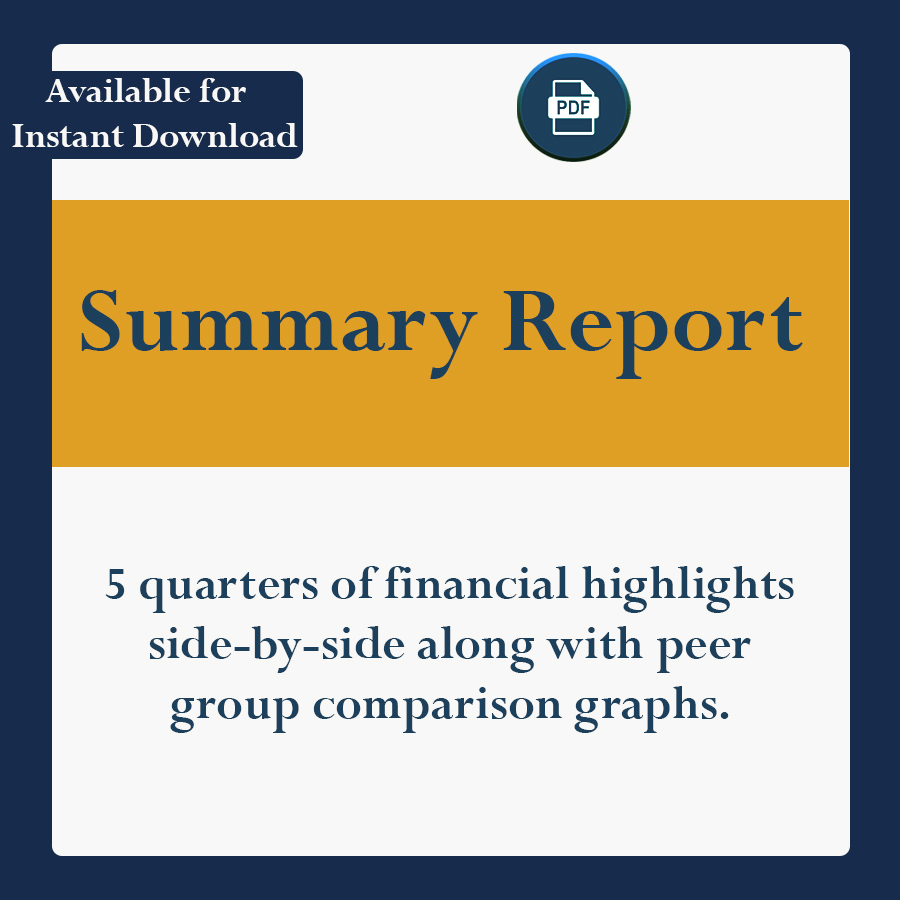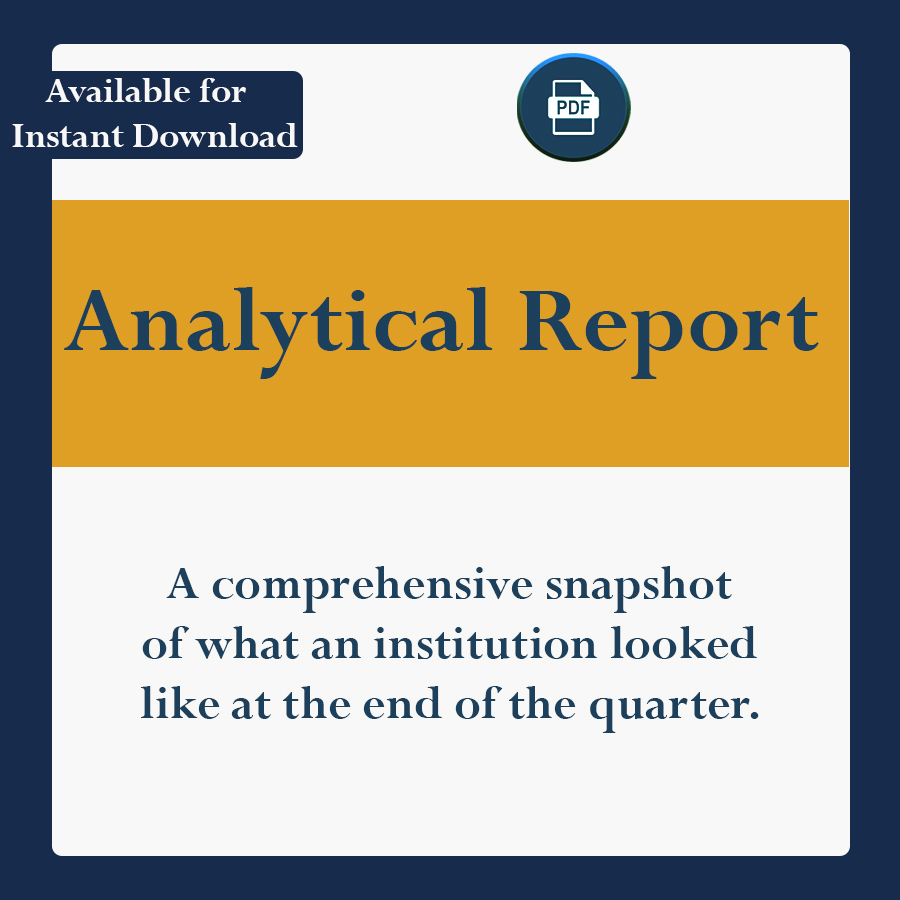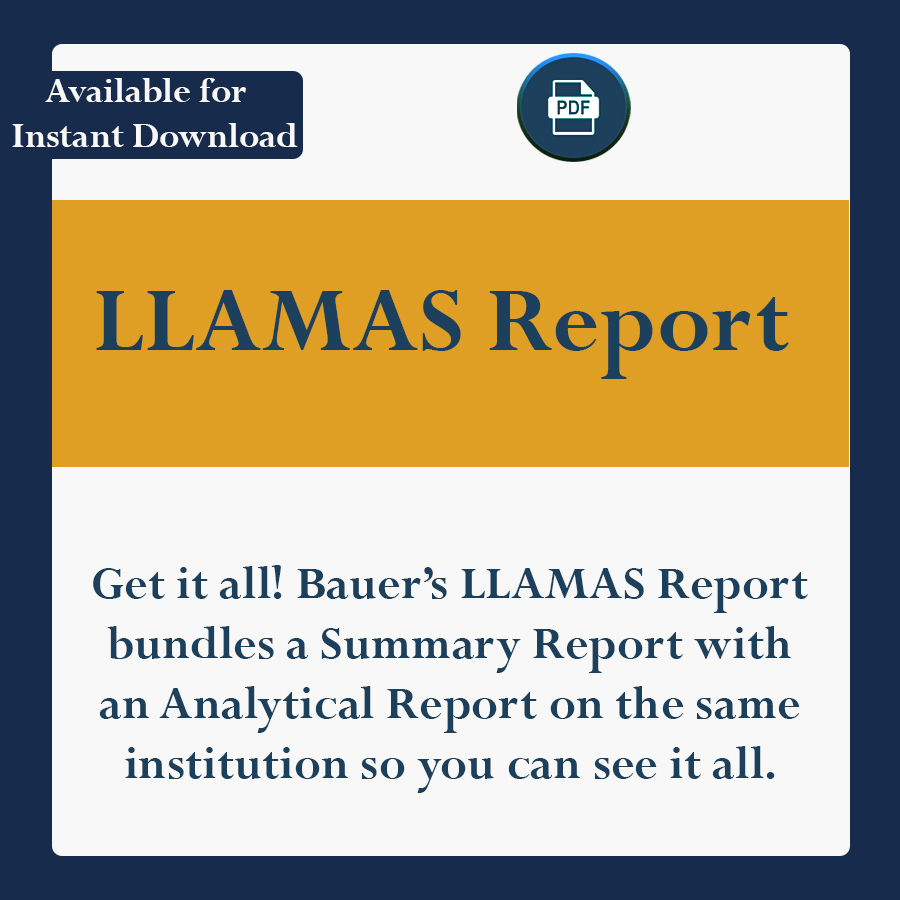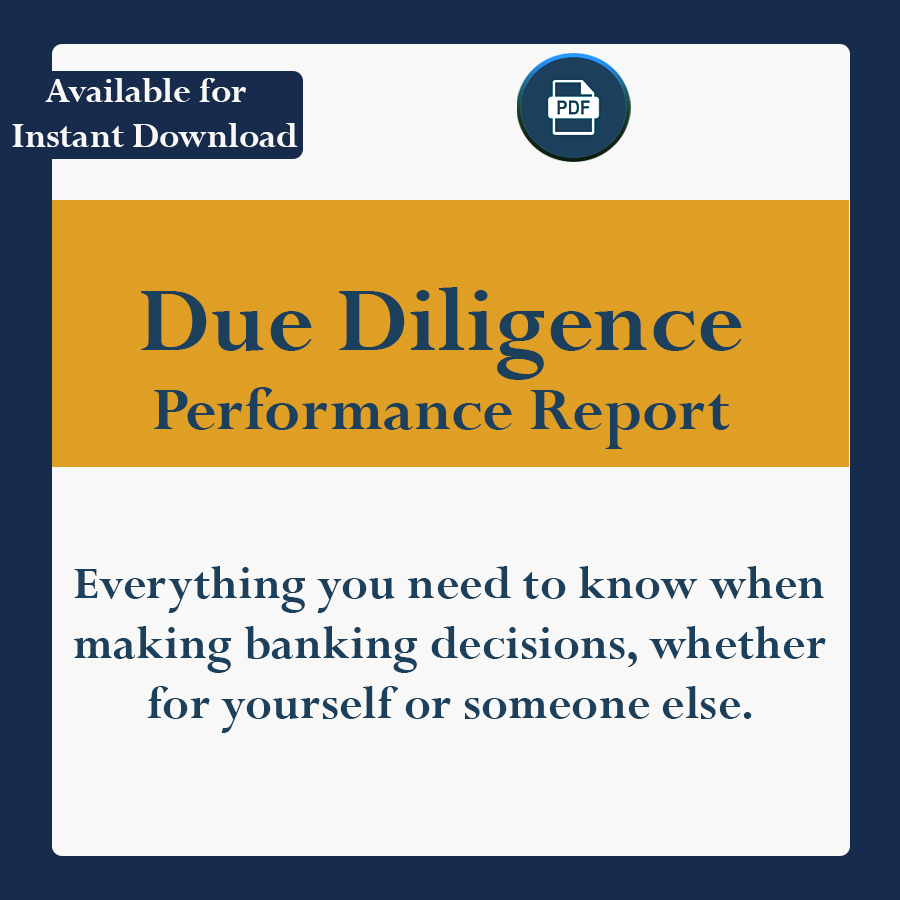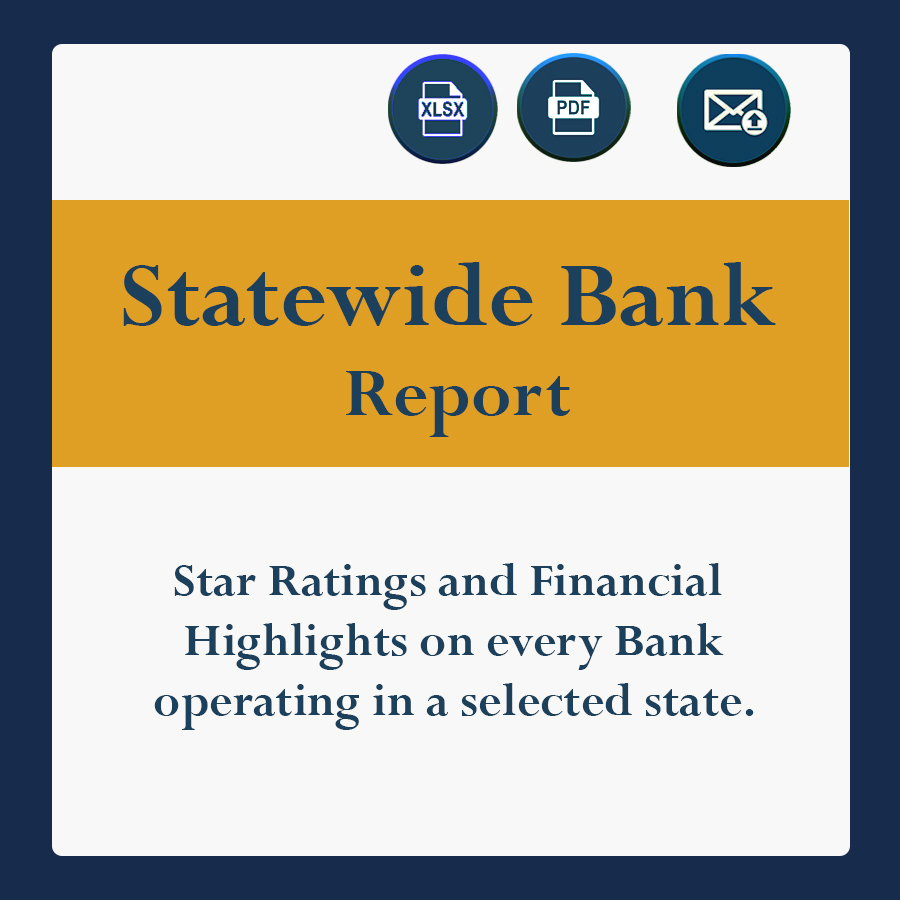| « Go back | Bank and Credit Union Star Ratings | CD Rates | Home |
|
Star ratings are current as of 03/30/2025 .
Bank star ratings are based on 12/31/2024 financial data; credit union star ratings are based on 12/31/2024 financial data.
Star-ratings are assigned on a scale of Zero-Stars to 5-Stars with 5-Stars being the Strongest
Need more information?
Reports on individual and groups of institutions are available – many for immediate download (scroll down to see samples).A comparison chart of some of Bauer’s most popular reports on individual banks can be found here.
| Financial data is compiled for U.S. banks and thrifts from call report data as reported to federal regulators. Although the financial data obtained from these sources is consistently reliable, the accuracy and completeness of the data cannot be guaranteed by BauerFinancial, Inc. CEO names and bank addresses are subject to change. While our staff makes every effort to ensure that these are current, the accuracy and completeness cannot be guaranteed by BauerFinancial.
All institutions are subject to federal regulatory capital requirements, but those requirements vary among institutions and are dependent on many factors. In general, institutions are required to maintain a tangible capital ratio of at least 4%, a tier 1 risk-based capital ratio of at least 4% and a total risk-based capital ratio of at least 8%. In addition to the capital ratio, other criteria are used to determine the BauerFinancial™ Star-Rating. Some of these include but are not limited to: profitability/loss trend, evaluating the level of delinquent loans, chargeoffs and repossessed assets, the market versus book value of the investment portfolio, regulatory supervisory agreements, the community reinvestment rating (CRA), historical data and liquidity. |



